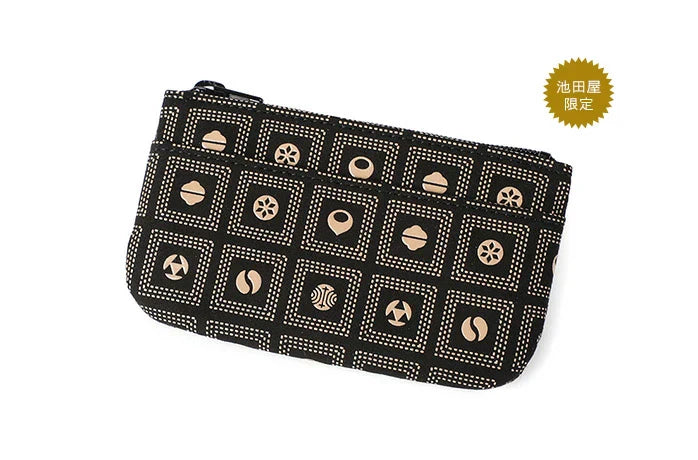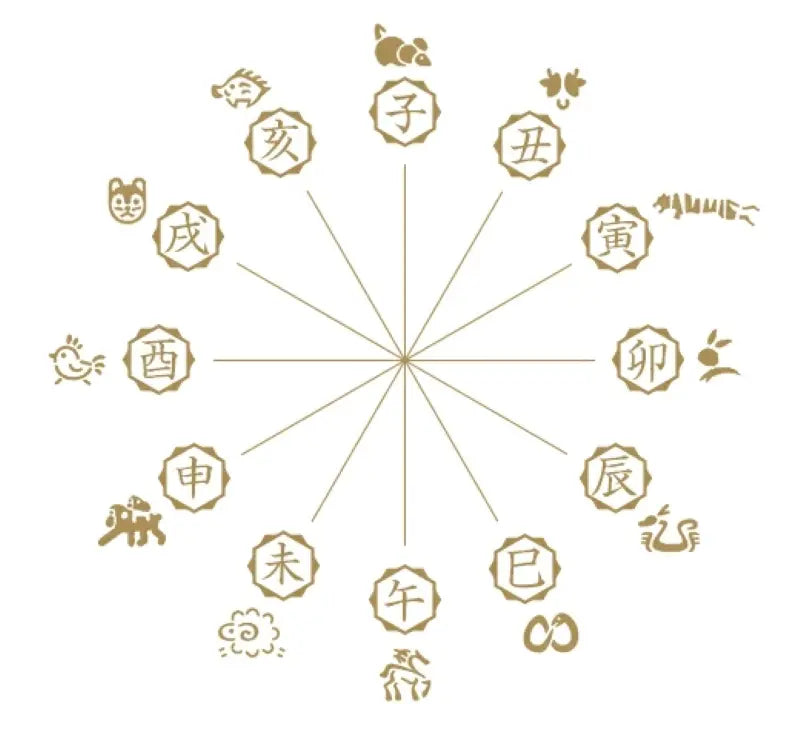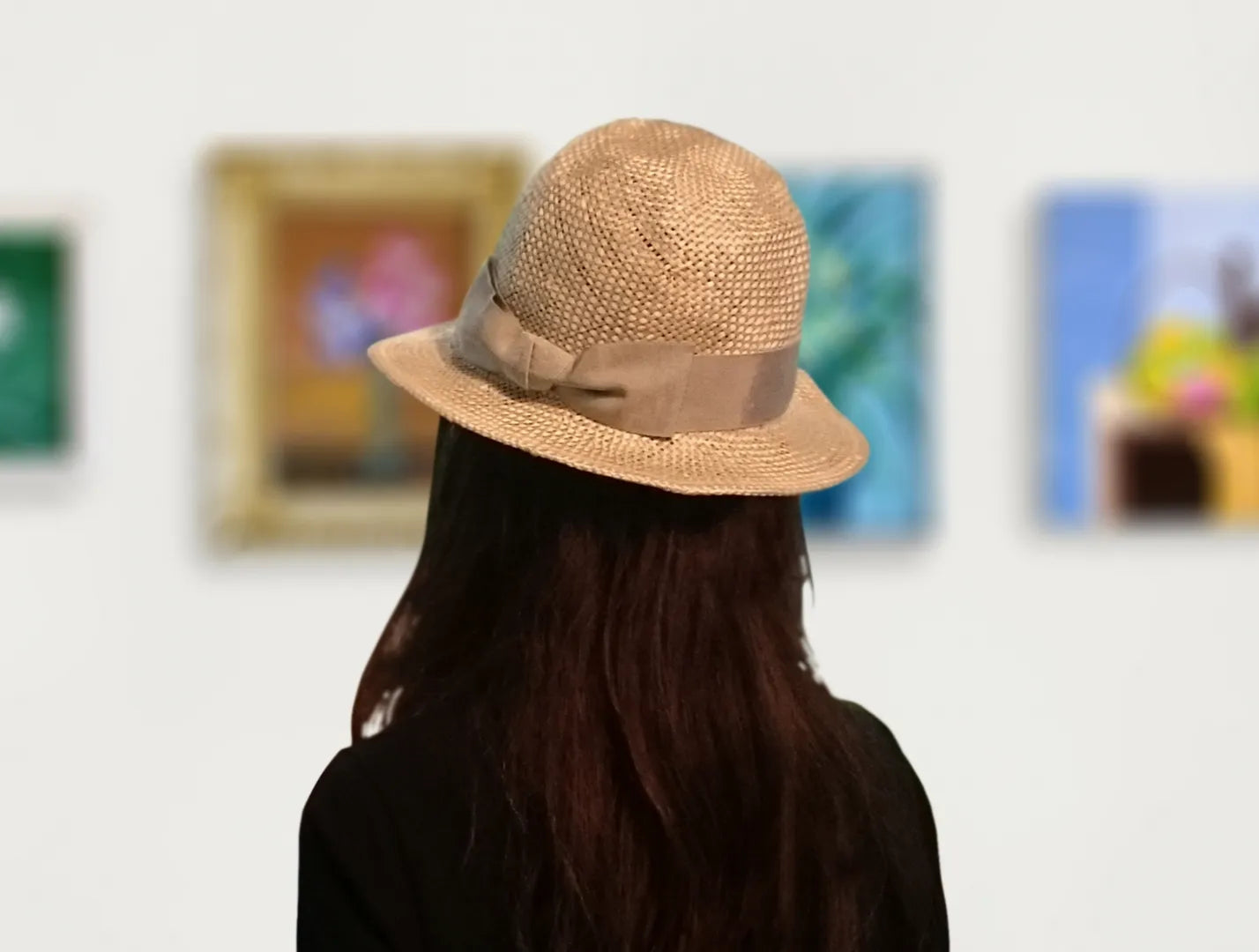
Halloween in Japan and the Tradition of Protection from Evil

In recent years, Halloween has become a widely enjoyed autumn event in Japan. In October, streets and shopping centers are decorated with pumpkin lanterns, black cats, and witch hats, while costume events and parades take place across the country.
In urban areas, Halloween is often celebrated as a form of entertainment: children go trick-or-treating through shopping streets, while adults take part in costume parties. This playful, fun-focused approach is characteristic of Halloween in Japan.
By contrast, in Europe, where Halloween originated, the holiday was historically meant to ward off evil spirits. Costumes were worn to mimic these spirits, tricking them into thinking they belonged, while pumpkin lanterns were used to drive away malevolent forces.
Protection from Evil in Japanese Culture
Japan also has long-standing customs for avoiding misfortune, often referred to as yakuyoke (protection from bad luck). While mamori (protective charms) focus on defending against spiritual or external threats, yakuyoke is often related to personal fortune, age, or life milestones, helping to ward off misfortune expected at certain times. The distinction is subtle, and the terms are sometimes used interchangeably.
Ikedaya Original Inden Pattern “Yakuyoke Zukushi”
Ikedaya has adapted these traditional protective symbols into modern, everyday items through the Yakuyoke Zukushi pattern in Koshu-Inden leather.

This series features six auspicious symbols, handcrafted using the traditional Koshu-Inden technique, which involves painting designs on deerskin with lacquer.
Asa no Ha (Hemp Leaf)
An abstract hemp leaf pattern. Hemp grows quickly and straight, symbolizing healthy growth and protection from evil.
Hora (Conch Shell)
Stylized spiral of the large conch shell (horagai). Its sound carries far and is believed to repel evil spirits.
Kasa (Conical Hat)
Traditional Japanese hat that provides protection from rain and sun; symbolizes shielding against misfortune.
Mino (Straw Cloak)
Traditional cloak made of straw or plant fibers, symbolizing defense against external harm.
Shobu (Iris)
Long-leafed iris, believed to drive away evil with its strong scent.
Uroko (Scales)
Representing snake or dragon scales; symbolizes rebirth and protection from disaster.
The supple texture of deerskin, combined with its lightweight and durable construction, makes these items ideal for daily use or as gifts. Understanding the meaning behind each motif allows them to be appreciated not just as accessories, but as a connection to Japanese culture and traditional talismans.
These items are perfect as souvenirs from a trip to Japan or as meaningful gifts, offering a modern way to enjoy traditional Japanese protection charms.
The Yakuyoke Zukushi pattern is available in Ikedaya stores in Shizuoka, Hamamatsu, and Ginza. [Link to store pages]



